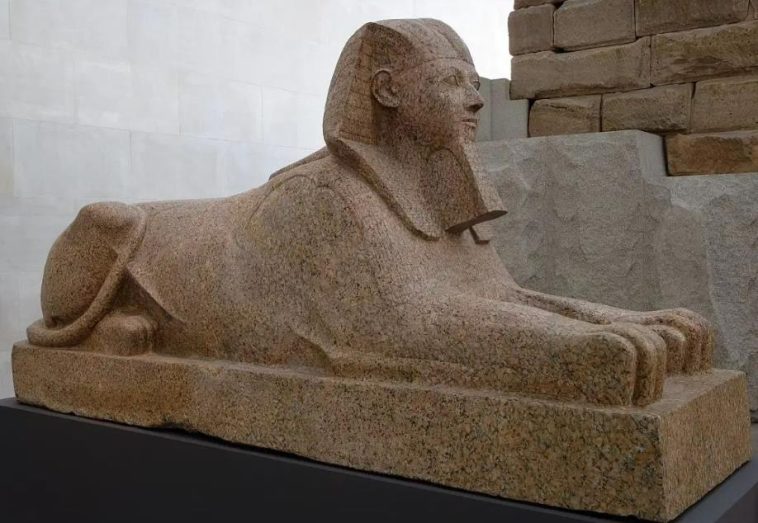The Metropolitan Museum in New York is a treasure hunt for art lovers! Get ready, because this list will both take you on a journey through history and invite you to discover the mystery behind each work!
The Metropolitan Museum of Art in New York is a paradise for art lovers! Every time you visit the museum, you will discover unique treasures of art history from all over the world, almost like a journey through time. You will also encounter masterpieces that will amaze you at every step. If you are ready to discover this huge collection, here are 10 masterpieces you must see at the Metropolitan Museum in New York!
Hatshepsut sphinx
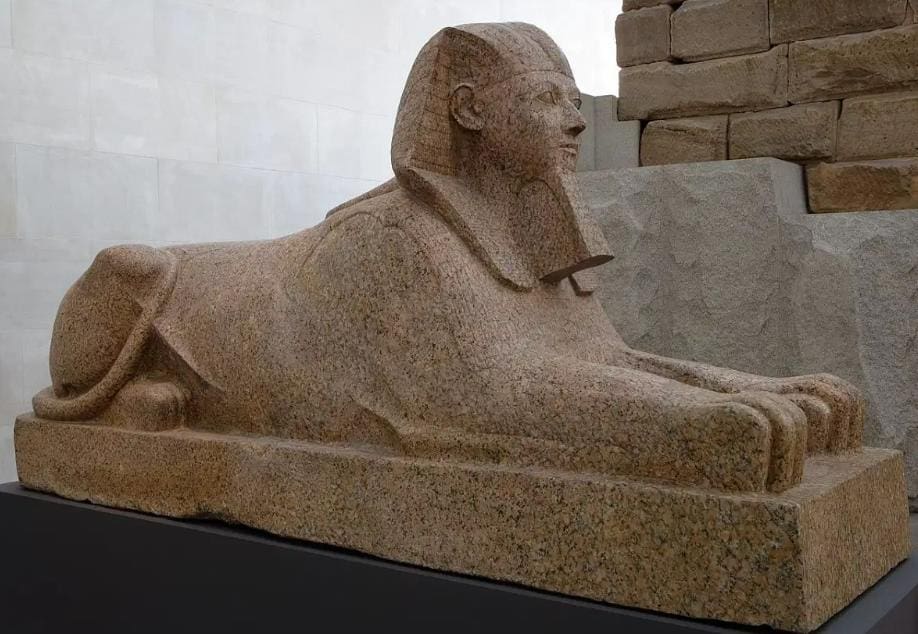
We start our list of must-see artefacts at the Metropolitan Museum with a famous sphinx. If you don’t have the opportunity to visit Egypt, don’t worry! The Sphinx of Hatshepsut offers you a beauty that will make you go beyond the pyramids and temples. One of Egypt’s most powerful female rulers, Hatshepsut is not only an iconic figure, but also represents one of the pinnacles of Egyptian art. This sculpture combines the elegance and power of Egypt’s ancient sculpture. Breathing in the mystical air of the period and watching the mysterious gaze of Hatshepsut in this magnificent statue should be the first stop of your visit to the Metropolitan Museum in New York!
Vincent Van Gogh – Self-Portrait with Straw Hat
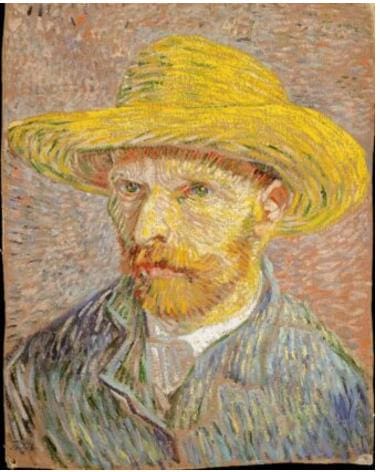
Van Gogh’s works always leave a mark on the heart of an art lover. “Self-Portrait with Straw Hat” is just one of his masterpieces. This portrait, which reveals Van Gogh’s mastery of conveying himself and his inner world on canvas in the most striking way, reflects both his inner conflicts and the power of his art. Although we are not a part of the painting, this self-portrait allows us to get to know both the artist and the viewer who is trying to understand him.
Piet Mondrian – Composition
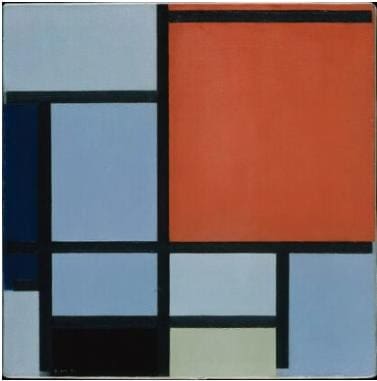
For those who believe in the power of geometric shapes and pure colours, Mondrian’s Composition is a masterpiece! Presenting the balance of colours and lines in the simplest way, Mondrian, as one of the pioneers of abstract art, is always at the heart of modern art. When viewed carefully, it may seem as if there are only a few lines and colours, but when you get into the work and focus your eyes on this work, you can feel the magic in the thin line between order and chaos.
Mary Cassatt – Young Mummy Sewing
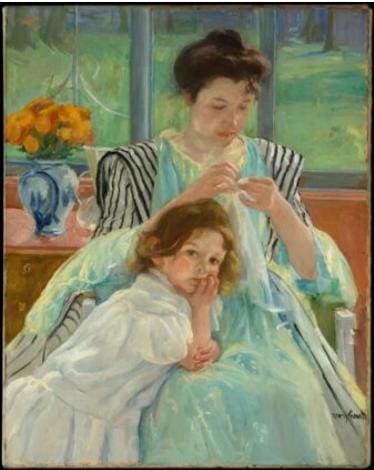
Mary Cassatt was an important impressionist artist, especially known for her paintings of women and children. In Young Mother Sewing, Cassatt elegantly depicts the daily life of women, immortalising their inner worlds, emotions and maternal bonds. This work reveals how deep and meaningful an ordinary moment in the home can actually be.
Fra Filippo Lippi – Portrait of a Woman and a Man in Front of a Window
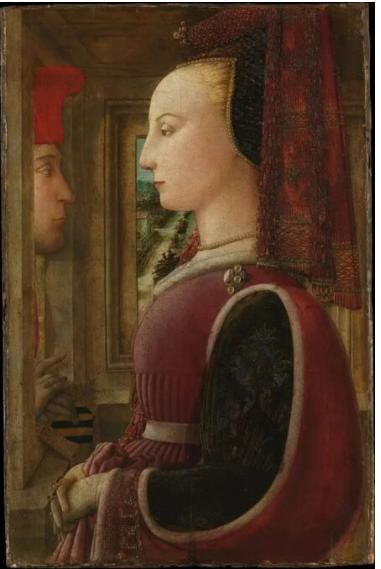
This work by Fra Filippo Lippi, one of the names that come to mind when it comes to the Renaissance period and portrait art, symbolises the point where art meets realism. Portrait of a Woman and a Man in Front of a Window draws attention with both its elegance and psychological depth. While the gaze of the man and the woman draws the viewer in, Lippi’s finely crafted details cannot be overlooked. The emotional transitions on their faces shed light on the emotional world of a period.
Queen Anne Pendant Mask
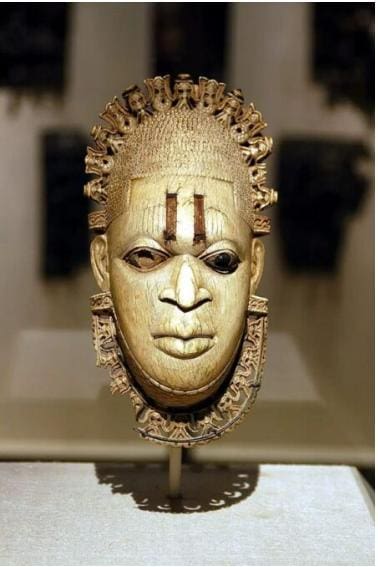
If you want to see that a work of art has both aesthetic and historical value, the Queen Anne Pendant Mask will definitely interest you. This mask of African origin is not only an ornament, but also a symbol that reflects the richness and depth of a culture. It is also a very instructive experience to learn about the spiritual and social meanings that masks have in the societies they live in. This mask is fascinating not only as a piece of art but also as a piece of cultural history.
Adélaïde Labille-Guiard – Self-Portrait with Two Students
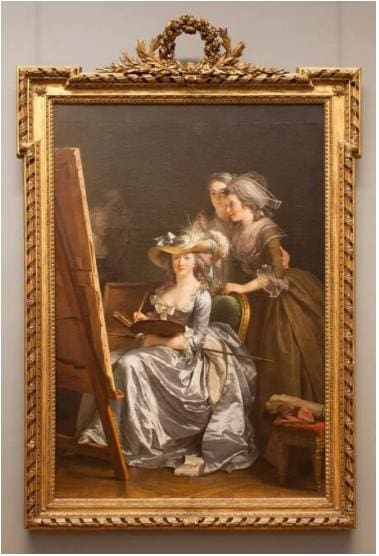
Another 18th-century masterpiece is Self-Portrait with Two Pupils by the French painter Adélaïde Labille-Guiard. This painting represents an important turning point in the history of both women and art. Labille-Guiard worked with great determination to exist in a world that was closed to women artists, and in this self-portrait, she presented her art to the audience with her students. This work, which reveals both her success and the social structure of the period, is definitely worth a look!
Bowl with Arabic Inscription
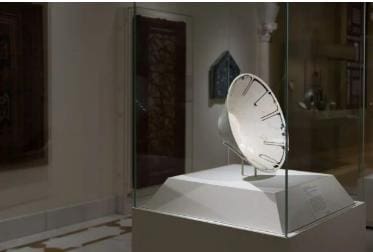
One of the subtleties of Islamic art at the Metropolitan, the bowl with Arabic inscriptions is one of the rarest artefacts in the museum’s collection. Produced in Nishabur, Iran, this bowl is not only a daily use tool, but also a piece that reflects the mastery of the artist of the period and the aesthetic understanding of Arab culture. The elegant inscriptions written in Arabic calligraphy combine with the shape of the bowl to create a work of art.
Mayan Monumental Figure
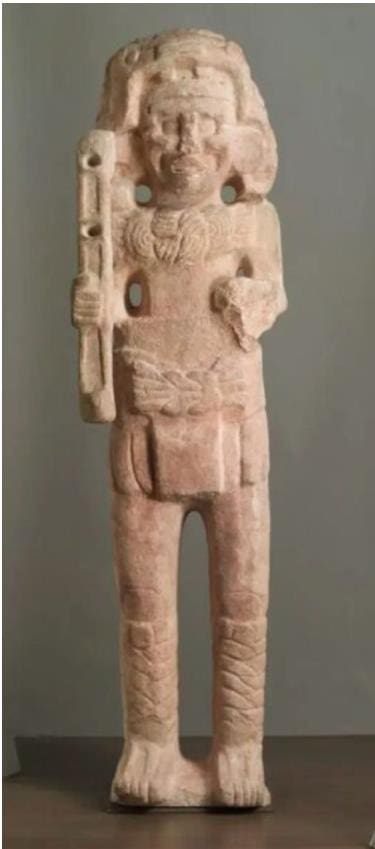
For those interested in the fascinating art of the Mayan civilisation, the Monumental Figure of the Maya at the Metropolitan Museum in New York is a must-see. This figure demonstrates the Mayan culture and their mastery of art. This sculpture, which most likely belonged to a god figure or ruler, offers clues to the religious and cultural structure of Maya society. It is both a visually impressive and historically rich experience.
Johannes Vermeer – Young Woman Carrying a Jug
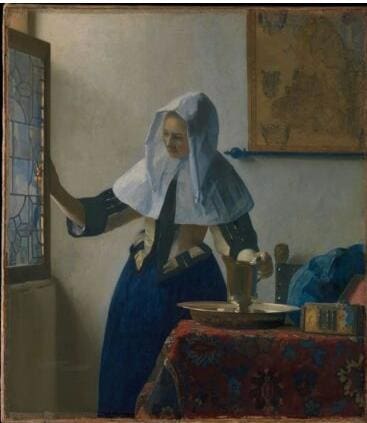
We have come to the end of our list of works you must see at the Metropolitan Museum. And finally, Vermeer’s Young Woman Carrying a Jug has both a simple and profound beauty. Vermeer’s use of light and exquisite details make this painting unique. The water jug, which the young woman tries to carry carefully, actually symbolises the simple but important moments of life. Seeing these subtle and aesthetic moments of life through Vermeer’s eyes is an unforgettable experience for art lovers.
